 The world’s largest 3D-printed villa in Dubai ... printing time was just 180 hours.
The world’s largest 3D-printed villa in Dubai ... printing time was just 180 hours.
3D construction printing technology will fundamentally transform the building industry in the Arabian Gulf region within the next five to 10 years, according to Badar Rashid AlBlooshi, Chairman of 3DXB Group, a leading innovator in 3D printing construction solutions.
Dubai’s ambitious target of having 25 per cent of new buildings 3D printed by 2030, along with similar initiatives in Saudi Arabia and other Gulf countries, underscores this transformative potential, AlBlooshi says in an exclusive interview with Gulf Construction’s Bina Goveas.
3D printing offers a compelling array of benefits that align perfectly with the region’s aspirations for innovation, efficiency, and sustainability. Construction costs and times plummet with the use of this technology, which also dramatically reduces reliance on concrete, a major carbon emitter, and allows for the integration of sustainable materials, slashing the carbon footprint by 30 per cent, AlBlooshi points out.
The technology also unlocks new avenues for design innovation. It also provides rapid, cost-effective solutions for tackling housing shortages and assisting in disaster relief efforts. 3D printing also automates elements of construction, reducing the need for manual labour and improving safety on job sites.
 |
|
AlBlooshi ... 3D printing offers an array of benefits. |
The global 3D construction printing market is expected to balloon, he states. “We believe that with the right support from concerned parties, the Arabian Gulf can become a global leader in 3D printing construction,” AlBlooshi remarks.
3DXB Group is pushing the boundaries of this transformative technology in the Arabian Gulf region. One of its most impressive achievements is the construction of the world’s largest 3D-printed villa in Dubai. The villa’s printing time of just 180 hours highlights the incredible speed and efficiency this technology offers, achieving a 60 per cent reduction compared to traditional methods, he states.
The company’s commitment to innovation is further solidified by its current project in the Fujairah Free Zone. Here, it is constructing 12 villas and an office building – a project poised to become the world’s largest 3D-printed structure upon completion.
Additionally, AlBlooshi points out that 3DXB Group has pioneered projects with inclined structures exceeding 6 m in height.
.jpg) |
|
3DXB’s MaxiPrinter offers greater flexibility and efficiency on construction sites, allowing for on-site printing and reducing transportation costs and time. |
Looking ahead, 3DXB Group is taking a bold step towards self-sufficiency by constructing its own 3D printers in a new Dubai factory, a move which will not only enhance its production capabilities but also fuel further technological advancements in the field.
Beyond construction, 3DXB Group recognises the importance of making this technology accessible to a wider audience. By offering a range of products, including 3D printable materials and printers, it is breaking down barriers and fostering a more inclusive future for 3D printing construction.
Sustainability is also a core focus for 3DXB Group. By developing concrete mixes with lower cement content, it is significantly reducing its carbon footprint. Its 3D printing processes are also designed with sustainability in mind, minimising waste and energy consumption throughout the construction process.
Excerpts of the interview with Badar Rashid AlBlooshi:
How do you envision 3D printing technology transforming the construction industry in the Arabian Gulf region over the next five to 10 years?
Over the next five to 10 years, 3D printing technology is poised to revolutionise the construction industry in the Arabian Gulf region. This transformative potential is underscored by Dubai’s ambitious plan to have a quarter of all new buildings 3D printed by 2030, a goal that is steadily moving towards reality. Additionally, Saudi Arabia is incorporating 3D printing into its Vision 2030, resulting in various innovative projects, and other Gulf countries are also joining this technological shift. The adoption of 3D printing offers numerous benefits that align well with the region’s aspirations for innovation, efficiency, and sustainability. Till today, there have been approximately 150 3D concrete printing projects globally, with three-quarters of them located outside the Arabian Gulf region.
What are the biggest opportunities for 3D printing technology to revolutionise the industry in the region?
Key opportunities for revolutionising the industry are:
• Cost efficiency and speed: One of the most compelling advantages of 3D printing is its ability to reduce construction costs and time. For example, the world’s largest 3D-printed villa by 3DXB took only 180 hours to print the 3D structures, achieving a 60 per cent time-saving compared to traditional methods. Although the total build time was six months due to the conventional foundations, future projects are targeted to be completed in just four months. Additionally, overall costs are reduced by approximately 15-20 per cent, offering significant savings for developers.
• Sustainability and environmental impact: 3D printing can drastically reduce the use of concrete, a major emitter of CO2, contributing to more sustainable building practices with a 30 per cent less carbon footprint. By integrating sustainable materials and reducing waste, 3D printing supports the Gulf region’s environmental goals.
• Regulatory support and industry adoption: In 2021, Dubai approved regulations for the 3D printing of buildings, requiring companies to register with Dubai Municipality and obtain a licence. 3DXB Group was among the first to sign a memorandum with Dubai Municipality to help establish these regulations and standards, thereby pushing the technology further and facilitating its widespread adoption in the region.
• Innovation in design and construction: 3D printing allows for unprecedented design flexibility and precision, enabling the creation of complex structures that are difficult or impossible to achieve with traditional methods. This capability can drive architectural innovation in the Gulf region, known for its iconic and ambitious construction projects.
• Addressing housing and disaster relief: Beyond commercial and luxury projects, 3D printing holds promise for addressing housing shortages and providing quick-build homes in disaster-hit areas. This technology can offer rapid, cost-effective solutions to meet urgent housing needs, both locally and globally.
• Enhancing productivity and reducing labour dependency: With 3D printing, the construction process becomes more automated, reducing the need for extensive manual labour. This not only cuts costs but also addresses labour shortages and improves safety by minimising human involvement in hazardous tasks.
• Market growth and investment: The global 3D construction printing market is expected to grow from $500 million in 2023 to $2.5 billion by 2028. This rapid growth indicates increasing investment and confidence in the technology, further driving its adoption and development.
What are the biggest challenges to widespread adoption of 3D printing in construction projects across the region?
The primary challenges include the high initial investment in 3D printing technology, the need for specialised training for operators, and regulatory hurdles. The construction industry, typically cautious about adopting new technologies, has been slow to embrace 3D printing. Additionally, developing 3D printable materials that can withstand the harsh climate conditions of the Arabian Gulf is crucial. Acceptance and trust in this innovative technology by traditional construction stakeholders also pose significant challenges. To build trust in this technology, more pilot projects initiated by authorities are essential, demonstrating the practical benefits and reliability of 3D printing in real-world applications.
How is 3DXB Group working to overcome these challenges and pave the way for wider adoption?
3DXB Group is addressing these challenges by investing in advanced 3D printing technologies and developing robust, durable materials. We are committed to comprehensive training programmes for our operators and actively collaborating with regulatory bodies to ensure our practices meet all safety and quality standards. Notably, 3DXB Group was the first company in the region to receive product conformity certification from the Dubai Central Laboratory. By successfully completing pilot projects and showcasing their benefits, we aim to build trust and demonstrate the viability of 3D printing in construction.
Can you elaborate on some of the most significant advancements 3DXB Group has made in 3D concrete printing technology?
3DXB Group has pioneered the development of high-strength, durable 3D printable concrete mixes tailored for the region’s climate. We have also advanced the automation of our printing processes, reducing manual intervention and increasing precision. Our MaxiPrinter mobile arm printer offers greater flexibility and efficiency on construction sites, allowing for on-site printing and reducing transportation costs and time. Notably, we recently built the world’s largest 3D-printed villa in Dubai, setting a new benchmark in the industry.
Can you highlight some of 3DXB Group’s most successful completed 3D printing construction projects?
One of 3DXB Group’s most notable achievements is the construction of the world’s largest 3D-printed villa in Dubai, which holds the Guinness World Record. The villa’s unique architectural design highlighted the potential of 3D printing in residential construction.
Another significant project is the 3D-printed building at the Rochester Institute of Technology, which serves as a dedicated centre for 3D printing research, education, and community engagement. This building features a unique and intricate S-shaped structure, printed in a continuous 48-hour operation, demonstrating the efficiency and speed of our 3D printing technology.
Additionally, we have pioneered projects with inclined structures exceeding 6 m in height and have been involved in various infrastructure development projects. These endeavours highlight our ability to push the boundaries of 3D printing in construction, providing valuable insights and benefits
Are there any exciting ongoing projects you can share details about, showcasing the future potential of 3D printing in construction?
3DXB Group is currently engaged in several exciting projects that showcase the future potential of 3D printing in construction. We are building our own printers in a new factory in Dubai, enhancing our production capabilities and technological innovation. Additionally, we are working on constructing 12 more villas and an office building in the Fujairah Free Zone, which will become the largest 3D-printed structure in the world. These projects exemplify our commitment to pushing the boundaries of 3D printing technology and its applications in large-scale construction.
How is 3DXB Group differentiating itself from other players in the regional 3D printing construction market?
3DXB Group differentiates itself through its commitment to innovation, quality, and sustainability. We offer a comprehensive suite of services, including design, material development, and construction, ensuring a seamless integration of 3D printing technology into any project. In addition to these services, we sell a range of products, including 3D printable materials, printers, and related R&D devices. Our focus on research and development, combined with strategic partnerships and our certified 3D microconcrete material, positions us as leaders in the industry. Furthermore, we provide extensive training programmes to equip our clients and partners with the necessary skills to effectively utilize 3D printing technology.
What strategic partnerships or collaborations are you fostering to further develop your 3D printing capabilities?
We are collaborating with leading academic institutions, research centres, and industry partners to push the boundaries of 3D printing technology. These partnerships focus on material science, automation, and software development to enhance our printing capabilities. We are also working closely with government bodies and regulatory agencies to create a supportive framework for the adoption of 3D printing in construction.
What role do you see 3DXB Group playing in fostering research and development of 3D printing technologies in the region?
3DXB Group is dedicated to being at the forefront of research and development in 3D printing technologies. We invest heavily in R&D initiatives to develop new materials and improve our printing processes. By collaborating with universities and research institutions, we aim to drive innovation and contribute to the broader knowledge base of 3D printing in construction. Our goal is to establish the region as a hub for 3D printing technology.
How is 3DXB Group addressing sustainability concerns in its 3D printing processes and materials?
Sustainability is a core focus for 3DXB Group. We have developed concrete mixes with lower cement content to reduce our carbon footprint and have optimised our processes to minimise waste and energy consumption. Our 3D printing technology ensures precise material usage, reducing excess. Furthermore, our technology is designed to use minimal electricity and water, enhancing overall sustainability. Additionally, we are exploring the use of recycled materials in our concrete mixes to further our sustainability efforts.
What role do you see government regulations and policies playing in the future growth of 3D printing construction in the region?
Government regulations and policies will play a crucial role in the future growth of 3D printing construction. Supportive policies can accelerate adoption by providing a clear regulatory framework, offering incentives for sustainable practices, and funding research and development. Collaborative efforts between the government and industry players can help overcome barriers and ensure that 3D printing technology is safely and effectively integrated into the construction industry. Additionally, authorities should initiate and support more 3D printing projects to build trust and demonstrate the practical benefits of this innovative technology.
Is there anything else you’d like to share about 3DXB Group and any insights you have on the future of 3D printing in construction, particularly within the Arabian Gulf region.
At 3DXB Group, we are excited about the future of 3D printing in construction and its potential to reshape the industry in the Arabian Gulf region. Our commitment to innovation, quality, and sustainability drives us to continuously push the boundaries of what is possible with 3D printing technology. We believe that with the right support from concerned parties, the Arabian Gulf can become a global leader in 3D printing construction. We look forward to continuing our journey and contributing to the region’s growth and development.






.jpg)





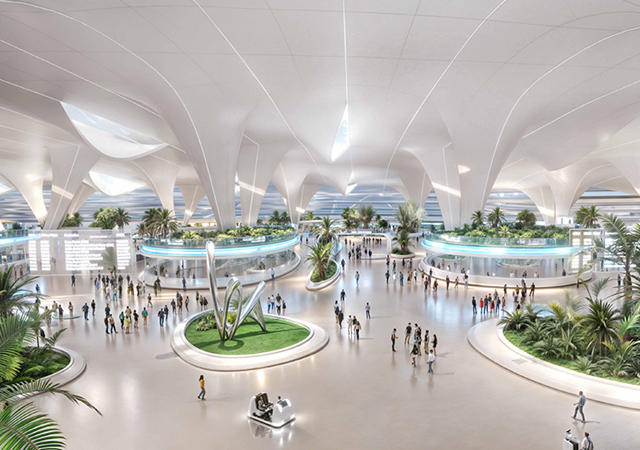



.jpg)


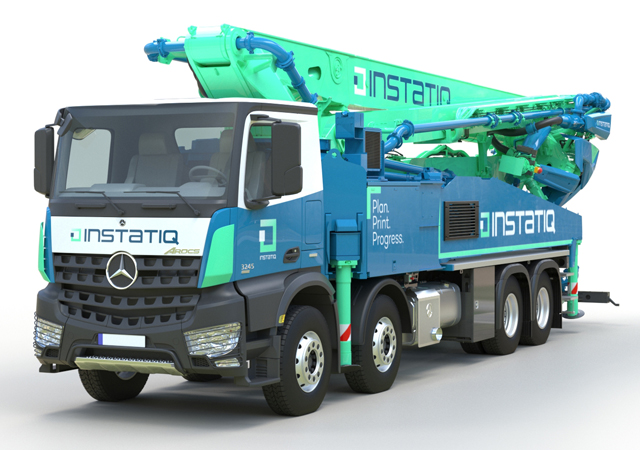

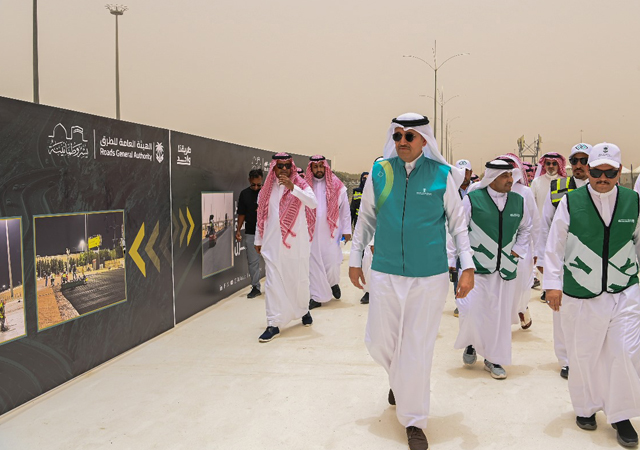
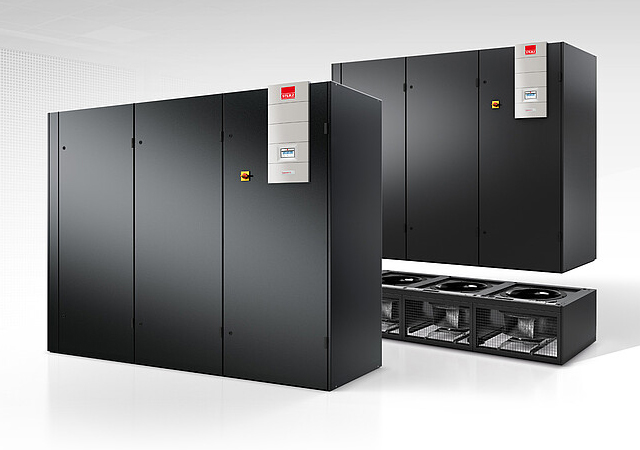







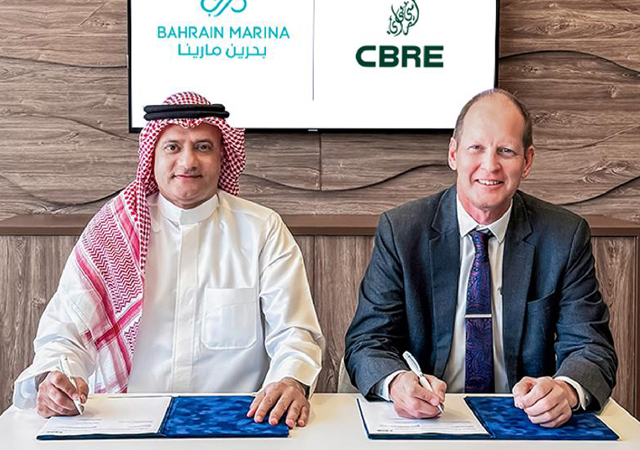








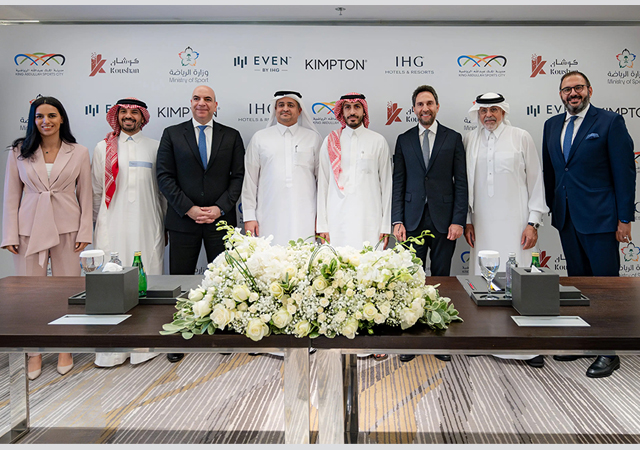









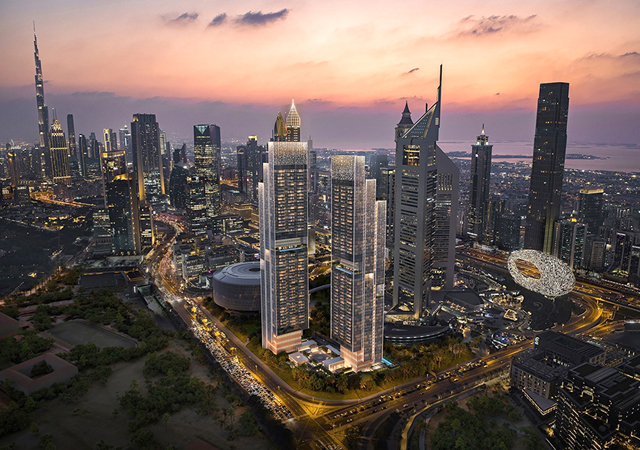


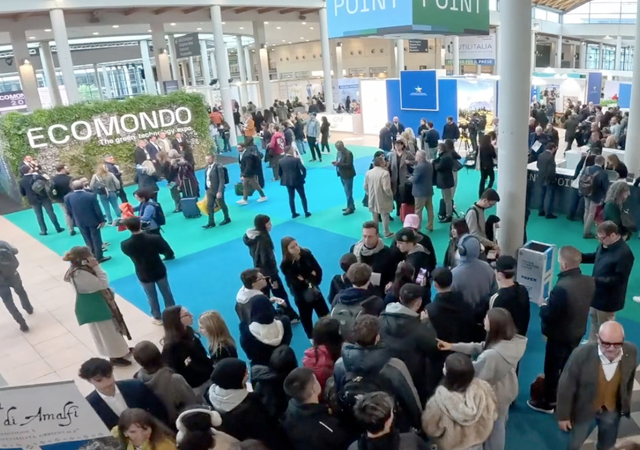
.jpg)

